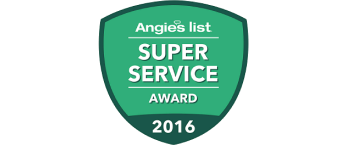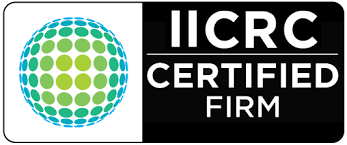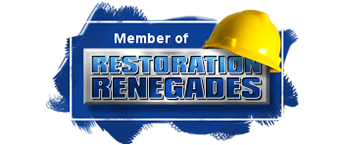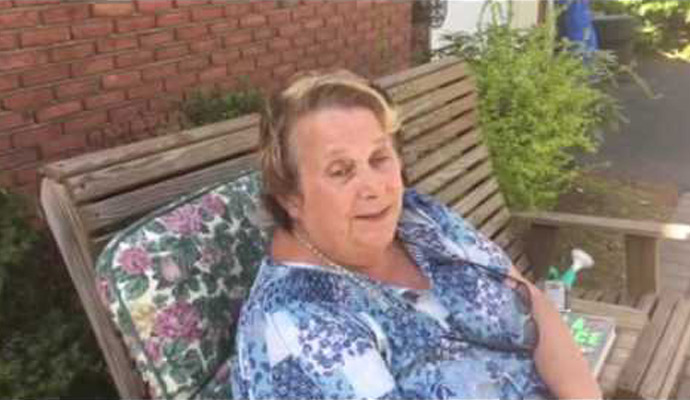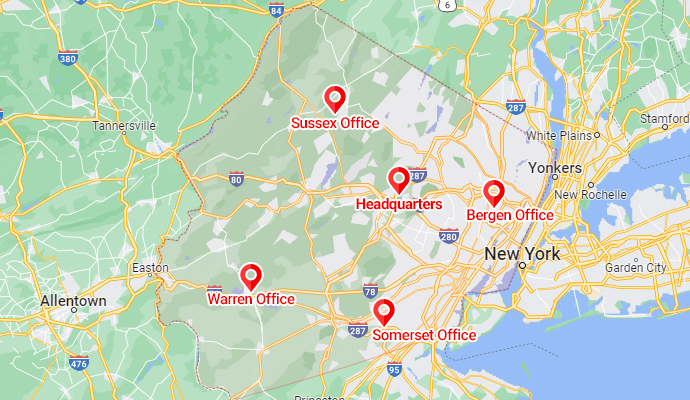Sewage Backflow: Causes, Prevention, and Immediate Actions
Sewage backflow is a distressing and potentially hazardous event that can cause significant damage to your home and pose serious health risks. Understanding the causes, preventive measures, and immediate actions to take in the event of a sewage backflow can help protect your home and family from the dangers associated with this issue. Key terms related to this topic include sewage, fecal matter, toilet, poop, bacteria, Category 3 water (cat 3), sanitize, deodorize, children, cleaning, and personal protective equipment (PPE).
Causes of Sewage Backflow
Sewage backflow occurs when wastewater flows back into your home’s plumbing system, leading to contamination of clean water sources and living spaces. The primary causes of sewage backflow include:
- Blockages in the Sewer Line: Accumulation of debris, grease, fecal matter, and foreign objects in the sewer line can create blockages that prevent wastewater from flowing freely, causing it to back up into homes.
- Heavy Rainfall and Flooding: Excessive rainfall can overwhelm municipal sewer systems, leading to overflows and backflow into residential properties. This is particularly common in areas with inadequate drainage systems.
- Structural Damage: Cracks, breaks, or collapses in the sewer line due to aging infrastructure, tree root intrusion, or ground movement can disrupt the normal flow of sewage, causing backflow.
- Improper Plumbing Connections: Faulty or incorrect plumbing connections, such as connecting rainwater drainage to the sanitary sewer system, can lead to backflow during heavy rain events.
Prevention of Sewage Backflow
Preventing sewage backflow requires a combination of proper maintenance, infrastructure improvements, and the installation of preventive devices. Here are some key strategies:
- Regular Maintenance: Schedule regular inspections and cleaning of your sewer lines to remove blockages caused by debris, grease, and fecal matter. This helps ensure the free flow of wastewater and reduces the risk of backflow.
- Backflow Prevention Devices: Install backflow prevention devices, such as check valves and backwater valves, in your plumbing system. These devices allow wastewater to flow in only one direction, preventing it from returning into your home.
- Proper Disposal of Waste: Avoid flushing non-biodegradable items, grease, and large amounts of toilet paper down the toilet. Educate children on what should and should not be flushed to prevent blockages.
- Improve Drainage Systems: Ensure that your property has adequate drainage systems to handle heavy rainfall. This may include installing sump pumps, improving yard grading, and maintaining gutters and downspouts.
Immediate Actions During Sewage Backflow
If you experience sewage backflow, taking immediate action is crucial to minimize damage and health risks. Here’s what you should do:
- Turn Off Water Supply: Shut off the main water supply to prevent additional water from entering your plumbing system.
- Avoid Contact with Sewage: Sewage contains harmful bacteria and pathogens. Avoid direct contact with contaminated water and areas. Keep children and pets away from the affected areas.
- Use PPE: If you need to enter the affected area, wear appropriate PPE, including gloves, masks, and rubber boots, to protect yourself from bacteria and other contaminants.
- Remove Standing Water: Use a wet/dry vacuum or pump to remove standing sewage water. Ensure proper disposal of contaminated water according to local regulations.
- Clean and Sanitize: Thoroughly clean and sanitize all affected surfaces using appropriate disinfectants. Pay special attention to areas around the toilet, bathroom, and sinks. Deodorize the area to remove lingering odors.
- Call Professionals: Contact a professional sewage cleanup and restoration service to handle the cleanup, sanitization, and repair of your home. They have the necessary equipment and expertise to deal with Category 3 water (cat 3) contamination safely and effectively.
Conclusion
Sewage backflow is a serious issue that requires immediate attention and proper preventive measures. By understanding the causes, implementing preventive strategies, and knowing the immediate actions to take, you can protect your home and family from the dangers associated with sewage backflow. Regular maintenance, the use of backflow prevention devices, and professional cleaning and sanitization are key to ensuring a safe and healthy living environment.
At PDQ Restoration, we take pride in offering expert water and fire damage restoration services to homeowners in North Jersey. With numerous positive reviews on Google, we are highly regarded for our professionalism, efficiency, and dedication to customer satisfaction. Trust us to keep your home safe and structurally sound.



